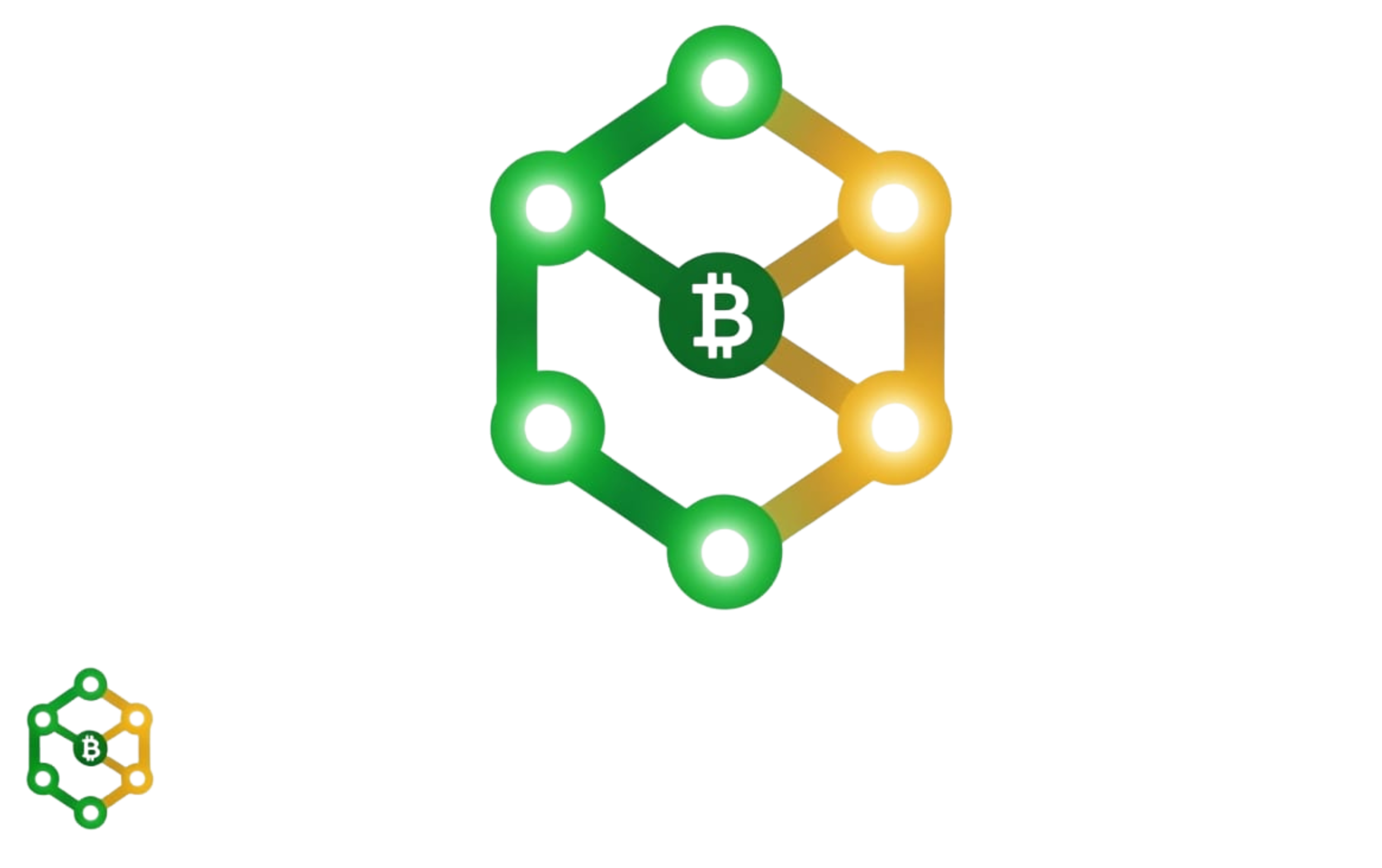Bank of America has revealed that many banks are preparing to launch crypto stablecoins, signaling a fundamental shift in how traditional financial institutions are approaching the digital asset economy. After years of regulatory skepticism and institutional hesitation, the world’s largest banks are now actively laying the groundwork for integrating stablecoins — such as USDC and USDT — into their core infrastructure.
From the Margins to the Mainstream: Stablecoins Enter the Banking Sector
What began as a tool for crypto-native traders is now evolving into a foundational component of modern finance. According to Bank of America, a growing number of commercial and central banks across North America and Europe are exploring the implementation of stablecoins for payment processing, cross-border transactions, and interbank liquidity solutions.
The rationale is clear: stablecoins offer fast, cost-efficient, and transparent transfers without the volatility associated with cryptocurrencies like Bitcoin or Ethereum. Their adoption could reshape how banks process international payments, issue loans, and even manage customer accounts — all while maintaining full regulatory compliance.
Consumer Impact: Toward a Fee-Free Banking Experience?
If banks begin offering dollar-backed stablecoins under their own infrastructure, the potential benefits for consumers are substantial. Cross-border transfers that currently take days could be settled in seconds. Foreign exchange spreads and SWIFT fees could be eliminated. Most importantly, users could gain access to secure, regulated digital wallets backed directly by their banking institution.
Companies such as Visa, PayPal, and Mastercard are already piloting payments with USDC. The entry of major banks into this space could rapidly accelerate adoption and standardization, pushing legacy financial services into a new era of programmable, on-chain money.
Market Response: Bitcoin Surges Over 27% YTD
As institutions gravitate toward blockchain-based solutions, the crypto market has responded with renewed optimism. As of July 24, 2025, Bitcoin trades at $118,937, up 27.26% year to date. This marks a strong rebound from the March lows near $77,000, with bullish momentum fueled by institutional inflows, the most recent halving cycle, and increasing integration of BTC into structured financial products.
Once viewed primarily as a speculative asset, Bitcoin is now increasingly seen as digital gold — a long-term store of value and a hedge against macroeconomic uncertainty. Its role as collateral in decentralized finance (DeFi) and in traditional derivatives markets adds to its legitimacy within institutional portfolios.
Ethereum’s Comeback: A Technical and Narrative Reversal
Ethereum has also staged an impressive recovery. After falling to nearly $1,400 in early Q2, the price of ETH now stands at $3,710, marking an 11.24% increase YTD. The rally is largely attributed to growing investor confidence following key protocol upgrades — particularly the implementation of Proto-Danksharding, which aims to significantly scale Ethereum’s throughput while reducing gas fees.
Ethereum’s strength lies not only in price action but in its position as the base layer for tokenized finance, institutional smart contracts, and compliant DeFi. Major asset managers like BlackRock and Franklin Templeton have flagged Ethereum’s role in future capital markets infrastructure — provided regulatory clarity continues to improve.
Regulation: A Delicate but Inevitable Shift
Despite growing enthusiasm, regulatory ambiguity remains a hurdle. U.S. agencies such as the SEC, CFTC, and Federal Reserve continue to debate the classification of stablecoins. Meanwhile, global regulators — particularly in the EU via MiCA — are laying out clear frameworks to guide adoption.
Nonetheless, the direction is clear: stablecoins are here to stay. As more banks and payment providers enter the space, regulatory bodies will face pressure to develop cohesive, interoperable standards that preserve market stability without stifling innovation.
The entry of traditional banks into crypto may also increase demand for “regulated DeFi” — on-chain financial products backed by KYC-compliant entities, allowing users to earn yields, borrow, or trade within a secure, regulated ecosystem.
A Glimpse Into the Future: Banking Without Banks?
The announcement from Bank of America is not a one-off event — it is part of a growing convergence between legacy finance and digital-native platforms. If the trend continues, the next decade may see stablecoins become a core component of everyday finance: from payrolls and savings to mortgages and corporate settlement networks.
In this new paradigm, consumers may no longer need traditional checking accounts. Instead, they’ll rely on tokenized assets, programmable money, and decentralized rails — all governed by a combination of institutional oversight and open-source protocols.













https://shorturl.fm/olh12
https://shorturl.fm/bmVeo
https://shorturl.fm/iK291
https://shorturl.fm/7Etsh
https://shorturl.fm/oovPx
https://shorturl.fm/VxkIL
https://shorturl.fm/aTO1P
https://shorturl.fm/36MRR
https://shorturl.fm/tG27E
https://shorturl.fm/u2MGI
https://shorturl.fm/ybRzi